Continental drift is the hypothesis that the Earth's continents have moved over geologic time relative to each other, thus appearing to have "drifted" across the ocean bed. The idea of continental drift has been subsumed into the science of plate tectonics, which studies the movement of the continents as they ride on plates of the Earth's lithosphere.

Abraham Ortelius was a Brabantian cartographer, geographer, and cosmographer. He is recognized as the creator of the first modern atlas, the Theatrum Orbis Terrarum. Along with Gemma Frisius and Gerardus Mercator, Ortelius is generally considered one of the founders of the Netherlandish school of cartography and geography. He was a notable figure of this school in its golden age and an important geographer of Spain during the age of discovery. The publication of his atlas in 1570 is often considered as the official beginning of the Golden Age of Netherlandish cartography. He was the first person proposing that the continents were joined before drifting to their present positions.

RV Polarstern is a German research icebreaker of the Alfred Wegener Institute for Polar and Marine Research (AWI) in Bremerhaven, Germany. Polarstern was built by Howaldtswerke-Deutsche Werft in Kiel and Nobiskrug in Rendsburg, was commissioned in 1982, and is mainly used for research in the Arctic and Antarctica. The ship has a length of 118 metres and is a double-hulled icebreaker. She is operational at temperatures as low as −50 °C (−58 °F). Polarstern can break through ice 1.5 m thick at a speed of 5 knots. Thicker ice of up to 3 m (9.8 ft) can be broken by ramming.
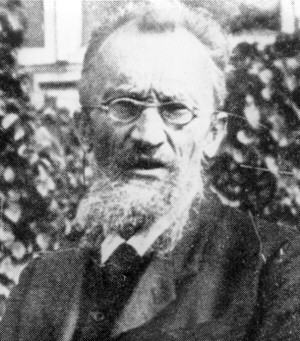
Wladimir Petrovich Köppen was a Russian–German geographer, meteorologist, climatologist and botanist. After studies in St. Petersburg, he spent the bulk of his life and professional career in Germany and Austria. His most notable contribution to science was the development of the Köppen climate classification system, which, with some modifications, is still commonly used. Köppen made significant contributions to several branches of science, and coined the name aerology for the science of measuring the upper air/atmosphere.

Eismitte, in English also called Mid-Ice, was a meteorological station established by the 1930-31 German Greenland Expedition in the middle of the Greenland Ice Sheet. The venture took place from July 1930 through August 1931, and established three Arctic stations on the same parallel. A trip back from Eismitte in early November 1930 claimed the life of expedition leader, noted German scientist Alfred Wegener. The station was abandoned on 1 August 1931.

The Alfred Wegener Institute, Helmholtz Centre for Polar and Marine Research is located in Bremerhaven, Germany, and a member of the Helmholtz Association of German Research Centres. It conducts research in the Arctic, the Antarctic, and the high and mid latitude oceans. Additional research topics are: North Sea research, marine biological monitoring, and technical marine developments. The institute was founded in 1980 and is named after meteorologist, climatologist, and geologist Alfred Wegener.

Alfred Lothar Wegener was a German climatologist, geologist, geophysicist, meteorologist, and polar researcher.
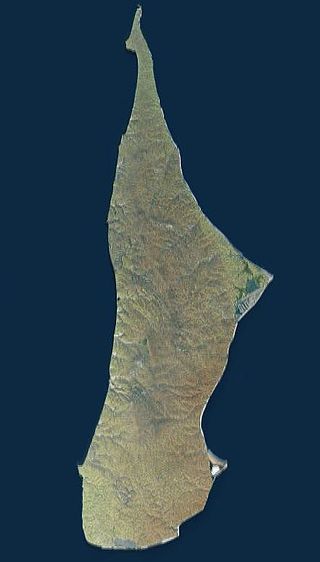
Belkovsky Island is the westernmost island of the Anzhu Islands subgroup of the New Siberian Islands archipelago in the Laptev Sea.

Paul Wegener was a German actor, writer, and film director known for his pioneering role in German expressionist cinema.
Émile Argand was a Swiss geologist.

Karin Lochte is a German oceanographer, researcher, and climate change specialist. She was director of German Polar Research Alfred Wegener Institute from 2007 to 2017 as well as chairman of the management committee of Jacobs University Bremen.
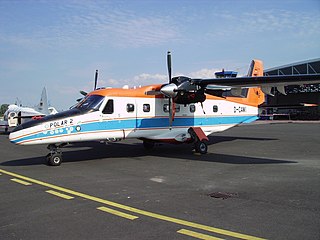
Polar 3 was a Dornier 228 owned and operated by the Alfred Wegener Institute that was shot down south of Dakhla, Western Sahara by guerrillas of the Polisario Front on 24 February 1985.
Polflucht is a geophysical concept invoked in 1922 by Alfred Wegener to explain his ideas of continental drift.

Kohnen-Station is a German summer-only polar research station in the Antarctic, able to accommodate up to 28 people. It is named after the geophysicist Heinz Kohnen (1938–1997), who was for a long time the head of logistics at the Alfred Wegener Institute.

The Treysa Meteorite, also known as the Rommershausen Meteorite, is an astronomical relic found in a wooded area near the Rommershausen district of Schwalmstadt in northern Hesse, Germany. The meteorite made German astronomical history as one of the most significant confirmed meteorite collisions of recent history. It is classified as a medium octahedrite of the IIIB chemical class and shows Widmanstätten patterns.
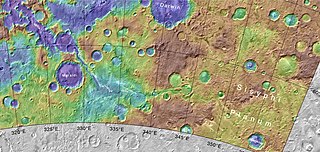
Wegener is an impact crater in the Argyre quadrangle of Mars, located at 64.6°S latitude and 4.0°W longitude. It measures approximately 68.51 kilometres (42.57 mi) in diameter and was named after German geophysicist Alfred Wegener (1880–1930). The name was approved by IAU's Working Group for Planetary System Nomenclature in 1973.
The Island of Tears is a 1923 German silent film directed by Lothar Mendes and starring Lya De Putti, Paul Wegener, and Lyda Salmonova. The film's sets were designed by the art directors Fritz Lück and Walter Reimann.
Filchner Station was a German research station in the Antarctic. Administered by the Alfred Wegener Institute for Polar and Marine Research, it was established in February 1982 on the Filchner–Ronne Ice Shelf. The first station in Antarctica to be mounted on jacks, the structure was raised each year to allow for the increase in height of the shelf by snowfall. It was also relocated around 1 kilometre (0.62 mi) southwards each year to account for drift of the ice shelf. In October 1998, Filchner Station was stranded on iceberg A-38 when it broke away from the ice shelf. Research operations were cancelled and an emergency salvage operation was carried out that removed the majority of the station by February 1999.
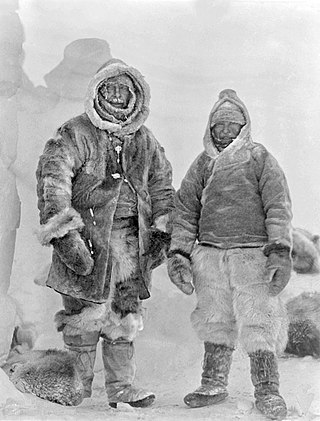
The German Greenland Expedition, also known as the Wegener Expedition, was an expedition to Greenland in 1930–1931. It was led by German scientist Alfred Wegener (1880–1930), who had previously taken part in two other ventures to Greenland. His purpose was to make a systematic study of the Greenland ice sheet.














